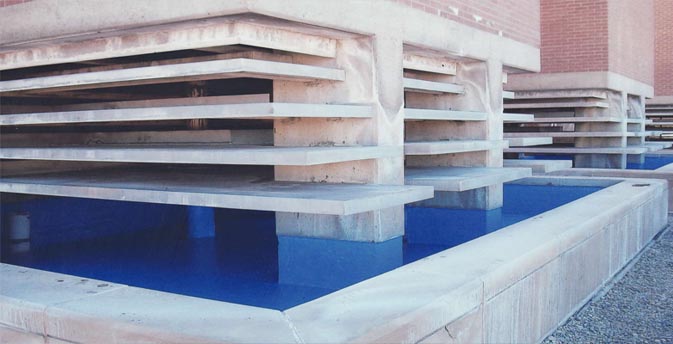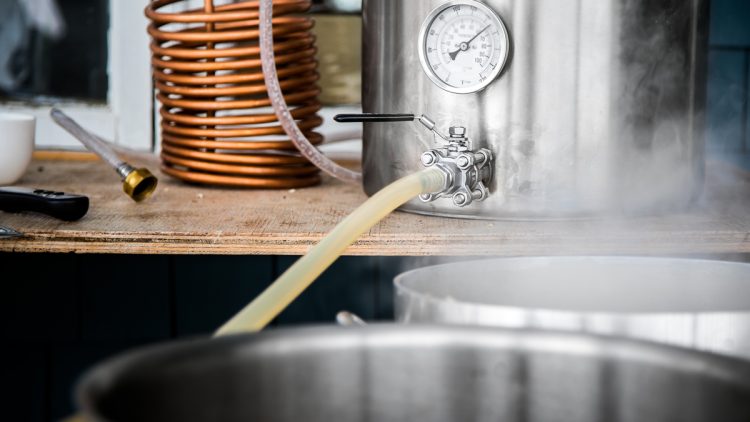What is OSHA?
Upwards of 90 million people in the US are spending their days on the job. As a nation, they’re our most important resource. And shockingly up until 1970, there were no unified and concise requirements available for safety in the workplace and their protection against health risks.
How did OSHA Form?
In 1970, Congress took into consideration annual figures like these:
- Job-related accidents took into account for more than 14,000 worker deaths.
- Almost 2 1/2 million workers had been disabled.
- 10 times as many person-days were missed from occupational disabilities as from strikes.
- Approximated new cases of job-related diseases reached 300,000
Regarding lost production and income, compensation for disability and expenses, medical, the burden on the nation’s commerce was astounding. The human cost was outside calculations. Consequently, the Occupational Safety and Health Act of 1979 was passed by both parties of Congress “…to assure so far as possible every working man and woman in the Nation safe and healthful working conditions and to preserve our human resources.”
What does OSHA Stand For?
Under Congress’ Act, the Occupational Safety and Health Administration (OSHA) was developed under the Department of Labor.
In simple terms, OSHA is the Occupational Safety and Health Administration and its responsibility for worker safety and health safeguarding.
Since its creation in 1970, OSHA has reduced the work fatality rate in excess of half, decreased the general injury and illness rates in industries that OSHA has focused its attention, practically eliminated brown lung disease in textile industries and decreased excavation and trenching deaths by 35%.
OSHA is managed through the Department of Labor (DOL). The Department of Labor regulates and enforces in excess of 180 federal laws. These regulations and the mandates that execute them cover a lot of workplace activities for around 10 million employers and their 125 million employees.
Who Does OSHA Cover?
OSHA establishes which standards are applied to your workplace and requires you to comply with these terms and conditions.
Every single employee and their employers under Federal Government jurisdiction are covered by OSHA. Coverage is offered one of two ways, directly by federal OSHA or under state programs. OSHA doesn’t cover self-employed individuals or immediate members of a farm family that don’t employ outside workers.
OSHA provides a comprehensive Website at osha.gov that includes sections dedicated to training, state programs, small business, construction, in addition to interactive eTools to assist employers and their employees.
OSHA also provides training programs to get hazard recognition for employers and their employees. Many states at the moment require training.
Phoenix Chiller Maintenance & Repair
If you have a industrial or commercial building that uses chillers All Kote Lining, Inc. can help maintain and repair your chiller. Regular chiller maintenance, chiller tube coating, and other quality services help chillers be more efficient, use less energy, and ultimately last longer. Give us a call to find out what we can do for you and your chillers in the Phoenix Valley.
Call Today – 480-966-4446


